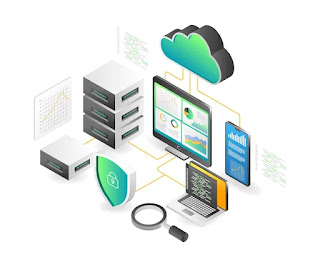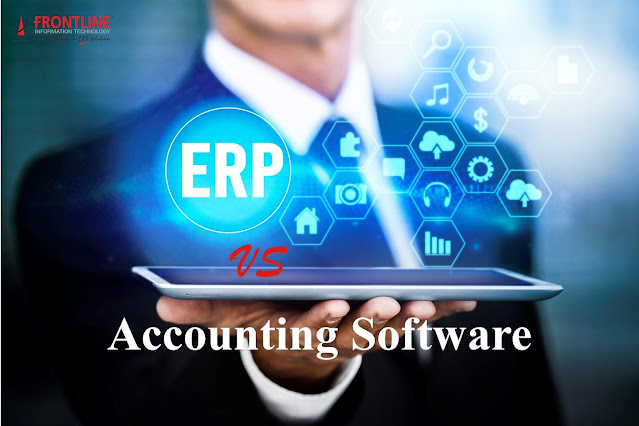Key Differences between Saas and Onpremsie
SaaS – Software As a Service
SaaS is a software licensing and delivery model where the software can be used on the based of a subscription and is centrally hosted. A Saas software doesn't need to be installed and maintained, you can merely access it via the Internet, liberating yourself from complicated software and hardware management.SaaS is a recurring revenue model and provides faster deployment time than on-premises software. In keeping with other cloud services, SaaS offers small level organizations an opportunity to use High-End systems while taking advantage of fair SaaS pricing models.
On-premise
On-premise software is software that runs on in-house servers at your own location, or at locations under your control. On-premise isn't accessed through the internet and cannot be used outside of the physical workspace, but can be used on different mobile and handheld devices
On-Premise is a one-time cost Investment, where the software is hosted on a physical server or on a Cloud infrastructure. By hosting the software within the organization's premises, the data is more secure.
PROS AND CONS
1. Cost
SaaS: SaaS can be implemented at a much smaller initial cost, which can be attractive to small and medium businesses. Organizations can have an access to the entire software by paying less money
On-Premise: One-time investment, where the company needs to invest in IT Infrastructure, hardware and Security, and additional resources
2. Backup
SaaS:
- Lowered infrastructure costs
- Automated |Backups
- Easy data recovery
- Protect from Malware and ransomware attacks
On-Premise: Data backups need to be taken on a regular basis, External hardware or cloud spaces are required to store the data and may cause data loss.
3. Simplicity
SaaS: SaaS is easier to implement from a technical perspective. The company don’t need to purchase any physical servers to maintain the software.
On-Premise: On-premise implementation is a much longer process that needs more time in terms of planning, but also execution
4. Customization and Upgrades.
SaaS: Minor Customization and free upgrades are involved in the subscription charges. Additional features will be added if there is any development in the software.
On-Premise: Adding a new feature or Customization involves more planning, execution and huge investment for the company.
5. Flexibility and Accessibility
SaaS: SaaS is flexible in terms of cost. According to the business growth, the solution scale can be increased or decreased at any point in time. The company can plan the resources accordingly.
On-premise – The company has more control over the data and other aspects but, it also means much less flexibility when it comes to accessibility – the applications can’t be accessed off company grounds.
6. Support & Maintenance:
SaaS: Since SaaS solutions are subscription-based, all the support and maintenance activities are included in the package.
On-Premise: Since the Company will have more control over the data any issues related to the bugs internal IT team need to solve the issues.
7. Resources
To manage the on-premise software dedicated employees might be required wherein SaaS-based cloud solutions can be implemented and support can be provided from anywhere and thus reducing the cost.
Considering the requirements of customers, Frontline information technology has crafted an industry-specific ERP solution that matches your exact requirement. We provide our solutions in SaaS, On-premise[ Physical servers and cloud servers] depending upon the preferences and policies of the companies.
When you get the right software like Horizon EBS Solution, changing the existing processes isn’t as time-consuming or complicated as it looks. The total ownership cost of modern solutions is also affordable as the return on investment is great – Complete Automation.
If you need to know more about Horizon EBS, you can write to us at sales@fit.ae or ring us at +971 4 353 3727






Comments
Post a Comment